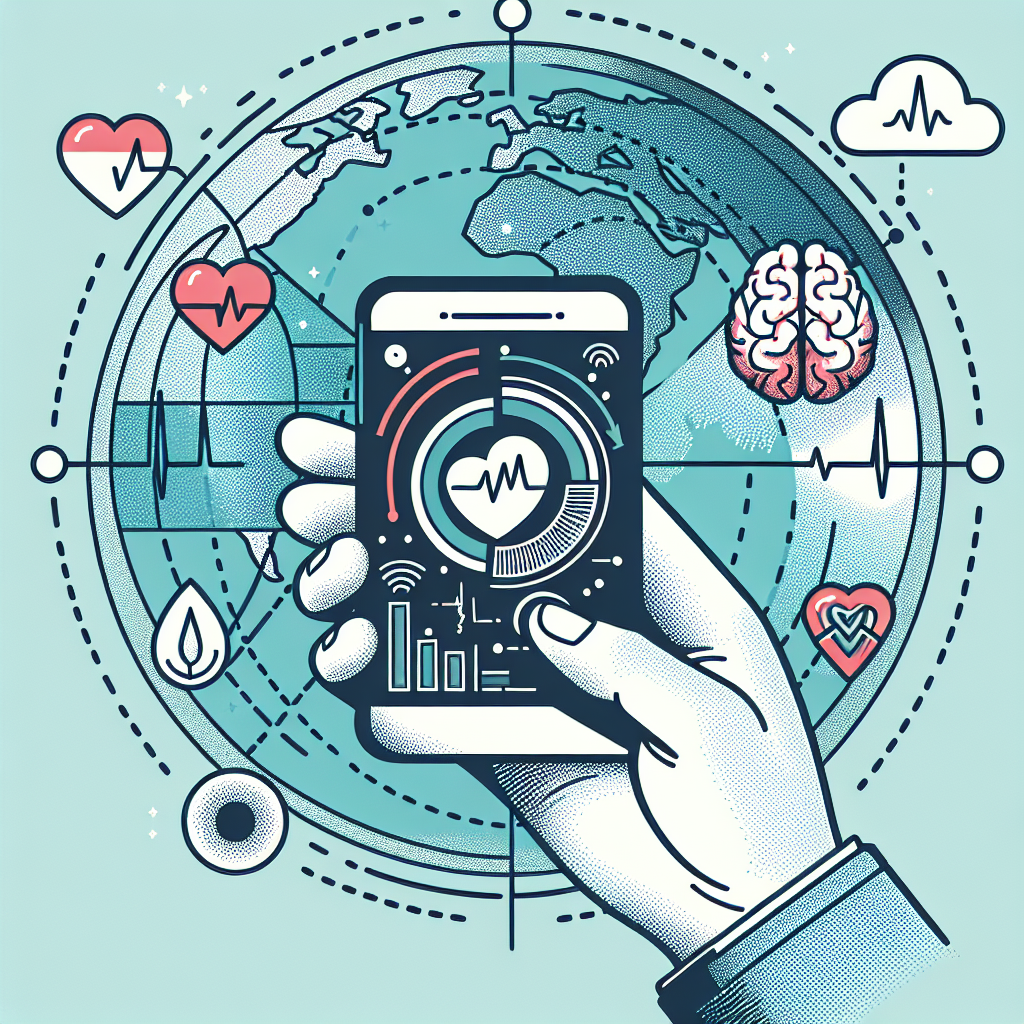Your cart is currently empty!
Remote Monitoring: A Game-Changer for Chronic Disease Management

Chronic diseases such as diabetes, hypertension, and heart disease are on the rise globally, posing a significant challenge to healthcare systems worldwide. Managing these conditions requires continuous monitoring and timely interventions to prevent complications and improve quality of life for patients. Remote monitoring technology has emerged as a game-changer in chronic disease management, allowing healthcare providers to monitor patients’ health status in real-time and provide personalized care.
Remote monitoring involves the use of digital health tools such as wearable devices, mobile apps, and telemedicine platforms to collect and analyze patient data remotely. These devices can track vital signs, medication adherence, physical activity, and other relevant health metrics, allowing healthcare providers to monitor patients’ progress and adjust treatment plans as needed.
One of the key benefits of remote monitoring is its ability to provide continuous and real-time data on patients’ health status. This allows healthcare providers to detect early signs of deterioration or complications and intervene promptly, potentially preventing hospitalizations and emergency room visits. For example, a patient with heart failure can use a wearable device to monitor their weight, blood pressure, and heart rate at home. If any of these metrics indicate a worsening condition, their healthcare provider can adjust their medication or recommend lifestyle changes to prevent a heart attack or stroke.
Remote monitoring also empowers patients to take control of their health and actively participate in their care. By regularly tracking their health metrics and receiving personalized feedback from their healthcare provider, patients are more motivated to adhere to their treatment plan and make healthy lifestyle choices. This can lead to better health outcomes, improved quality of life, and reduced healthcare costs in the long run.
Furthermore, remote monitoring can help healthcare providers optimize their resources and improve efficiency. By remotely monitoring patients’ health status, providers can prioritize their interventions and allocate resources more effectively to patients who need them the most. This can reduce unnecessary clinic visits, streamline care coordination, and improve patient satisfaction.
Despite its numerous benefits, remote monitoring is still relatively underutilized in chronic disease management. Challenges such as lack of reimbursement, privacy concerns, and limited access to technology remain barriers to widespread adoption. However, as healthcare systems continue to shift towards value-based care and digital health solutions become more affordable and user-friendly, remote monitoring is poised to revolutionize the way chronic diseases are managed.
In conclusion, remote monitoring technology has the potential to transform chronic disease management by providing real-time data, empowering patients, optimizing resources, and improving outcomes. Healthcare providers and policymakers must work together to overcome the barriers to adoption and integrate remote monitoring into routine care practices. By harnessing the power of digital health tools, we can revolutionize the way we manage chronic diseases and ultimately improve the health and well-being of patients worldwide.

Leave a Reply